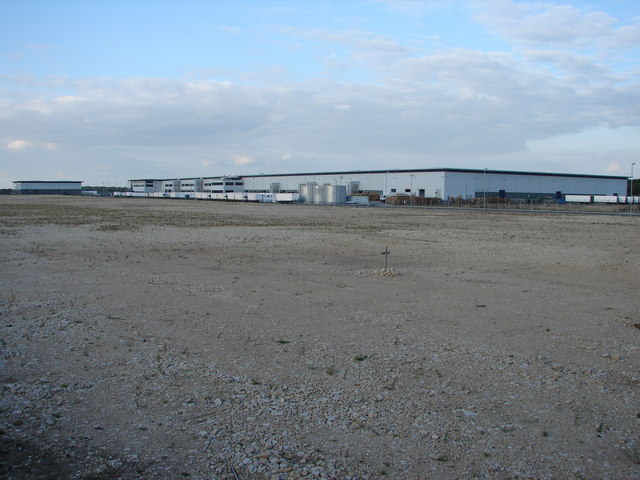Author: Alastair Marsh -
Think the shed hasn't made its mark on architecture and society? Think again...
Introduction
A large proportion of talk from us researchers is about the value of our research, why it’s cool and how it could help sort out a lot of the world’s big problems. And so we should talk in such a way. But once in a while, it’s refreshing and invigorating to divert our gaze from the lofty questions and terrible predicaments of our age – and seek something new in a familiar design.
In the spirit of one of my literary heroes, Alain de Botton, I shall take you through a short illustrated essay to restore the dignity of that architecturally misunderstood, true friend of humanity – the shed.
![What contributions has the shed made to architecture and society? Bob Harvey [CC BY-SA 2.0 (http://creativecommons.org/licenses/by-sa/2.0)], via Wikimedia Commons](https://blogs.bath.ac.uk/engdes-student-insights/wp-content/uploads/sites/128/2017/02/Elderly_shed_269720-300x287.jpg)
Bob Harvey [CC BY-SA 2.0 (http://creativecommons.org/licenses/by-sa/2.0)], via Wikimedia Commons
“A slight structure built for shelter or storage, or for use as a workshop, either attached as a lean-to a permanent building or separate; often with open front or sides.”
… so I shall expand my scope to include warehouses and their ilk, arguably siblings of the domestic shed. Are you ready? Let's begin...
Familiarity
Breeds contempt! The shed has an unfortunate association with either domestic or working drudgery, so it is prudent to remind ourselves that it has been revolutionary in human history. It has enabled us to store our harvests - it would be hard to overstate the influence of this in the development of civilisation. My personal favourite example of this ‘early revolutionary shed’ has to be the Egyptians’ Granary structure in the popular PC game, Age of Empires. I don’t know of its archaeological accuracy, but what a thing of beauty!

Our ability to store food in warehouses is still vitally important today. How easy it is to take all this once revolutionary technology for granted today.
Although less true for foodstuffs, much is made of the influence of the digital retail economy’s influence on the urban built environment - its erosion of high streets and town centres. But it’s false to suggest that the web has dispensed with the need for retail buildings altogether. The enormous warehouses belonging to retail giants such as Amazon, Tesco, and notoriously, Sports Direct, are now the physical link in the fiendish process of sourcing and despatching products to and from around the world. Whether you love, loathe or tolerate them, these corporate behemoths who facilitate much of our daily lives with their logistical feats are, at the end of the day, still dependent upon the humble shed.

Atmosphere
Many domestic sheds across the land are witness to nothing more remarkable than lawnmowers, long-forgotten trampolines and perhaps the odd model railway set, yet the shed is the prime haven for the discoverer and inventor.
Is it the freedom from distraction, protection from mocking voices or simply convenience has made the domestic shed the place of so much human ingenuity? Whatever its x-factor is, it has been birthplace for a plethora of advances, as diverse as Marie Skłodowska Curie and Pierre Curie’s early experiments on new elements to Sir James Dyson’s invention of the bagless vacuum cleaner.
The inspirational and architectural potential of the shed as resurged in recent years - perhaps by people seeking something lacking in their homes.

Aesthetics
Cobwebs and some slightly wonky pine slats are de rigeur for most domestic sheds, whilst numbingly vast sheets of corrugated sheet metal are the look of choice for their industrial brethren. But this has not always been the case, and still is not always so. I shall use counter-examples that I have encountered on my travels in Somerset.
The Tithe Barn in Bradford-on-Avon impresses firstly by scale - it stands 51 metres long and 9.5 metres wide. Venturing inside, it reveals its astonishing craftsmanship – a timber cruck roof, most of which has survived from the 14th century, supported by the buttressed walls of fine limestone. Perhaps such grandeur is unsurprising, as it was built to serve Shaftesbury Abbey in Dorset, at that time the richest nunnery in England. Although I’m glad to see the back of the feudal system it facilitated, surely there is no finer shed then this in the land?

In more recent history is the Bath branch of discount supermarket Lidl, built in 1966-67. Originally built as a factory for a manufacturer of office furniture, I have judiciously deemed it an honourary member of the shed family as it was built as a single interior space. What makes it special is only visible once inside – influenced by the style of Mies van der Rohe, it was the first building in Britain to make use of Mero space frame technology for its roof trusses. On a social level, it was architecturally notable for having no partitions between craftspeople and managers. Converted to a Lidl within the last 5 years, one can admire the spectacular geometry above your head whilst in an achingly long checkout queue.

Conclusions
This statement might seem cheesier than a budget Parmesan - but sheds are really a lot like us humans. Though often seemingly dull, they often have the capacity to dazzle, either in the appearance or the activities they facilitate. And even when they really do seem dull, they fulfil critical functions in our societies incredibly well. How we’d miss them if they were gone.
Respond
